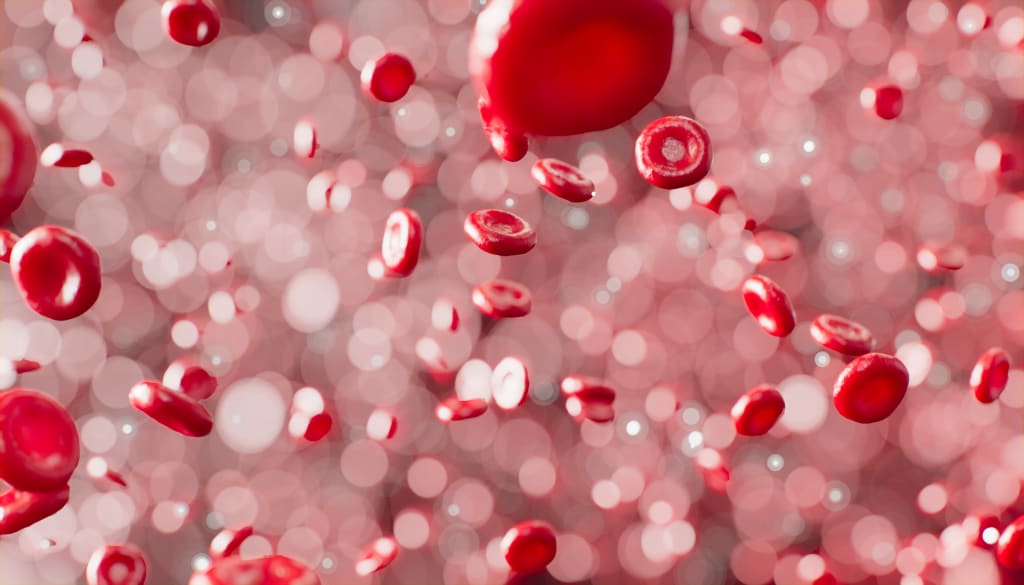The disease that changes the shape of your cell
Sickle cell anemia

You probably don't give much thought to the physical characteristics of these building blocks, but at the microscopic level, even small adjustments can have profound effects. Are your cells squishy cylinders or jagged zig-zags? And while some adaptations improve these shapes, others can set off a chain reaction of crippling complications. The history of sickle cell disease is presented here. Red blood cells, which carry oxygen from the lungs to all of the body's tissues, are impacted by sickle-cell disease. Hemoglobin, a protein that carries oxygen molecules, is a component of red blood cells and serves this crucial function. Red blood cells are flexible enough to accommodate even the smallest blood vessels because of the free-floating proteins that keep them in their doughnut-like, malleable shape. In contrast, hemoglobin's structure is changed in sickle cell disease by a single genetic mutation. The mutated proteins lock together into rigid rows after supplying tissues with oxygen. The cell takes on the shape of a long, pointed sickle when hemoglobin rods are present. These red blood cells are now more rigid and sticky, and they no longer pass through blood vessels easily. Snags and accumulations of sclerotic cells can completely block a vessel. This prevents oxygen from getting to a variety of cells, resulting in the wide range of symptoms that sickle-cell disease patients experience.
Patients experience recurrent episodes of stabbing pain in oxygen-starved tissues beginning when they are less than a year old. The specific symptoms experienced depend on where the clogged vessel is located. Patients are at risk for serious infections when the spleen, which is a vital organ for the immune system, is blocked. Fever and breathing difficulties can result from a buildup in the lungs. Vision issues and retinal detachment may result from an obstruction close to the eye. Additionally, the patient might even experience a stroke if the blocked vessels supply the brain. Even worse, sickled red blood cells only survive for 10 to 20 days as opposed to the 4 months of healthy cells. Patients with sickle-cell anemia, a condition marked by a persistently low level of red blood cells, live short lives. This malignant mutation's origin as a helpful adaptation may be what surprises people the most about it. The sickle cell mutation's ancestors can be found in areas that have historically been plagued by malaria, a tropical disease.
Malaria is transmitted by a parasite that lives in local mosquitoes and uses red blood cells as incubators to quickly and fatally spread through the bloodstream. However, the structural alterations that make red blood cells into impassible barriers also increase their resistance to malaria. Additionally, if a child inherits a copy of the mutation from just one parent, there will only be a small amount of abnormal hemoglobin—just enough to make life challenging for the malaria parasite—while most of their red blood cells will still function and look normal. The sickle cell mutation provided a significant evolutionary advantage in areas where this parasite was prevalent. But as the adaptation progressed, it became evident that sickle-cell anemia was caused by receiving the mutation from both parents.
Today, the majority of those who have sickle-cell disease can trace their ancestry to a nation where malaria is an endemic disease. And in Africa, where more than 90% of malaria infections worldwide take place, this mutation still plays a significant role in the disease. Fortunately, as this "adaptation" flourishes, our sickle cell treatment keeps getting better. The only treatment for sickling reduction, symptom numbing, and life extension for many years was hydroxyurea. Bone marrow transplants are a curative option, but they are difficult and frequently unavailable. However, promising new drugs are stepping in in novel ways, like preventing sickling by keeping oxygen bound to hemoglobin or by lessening the stickiness of sickled cells.
Additionally, the possibility of enabling stem cells to produce healthy hemoglobin has increased thanks to the ability to edit DNA. We can improve the quality of life for more patients who have this negative adaptation as these tools become accessible in the regions most impacted by malaria and sickle cell disease.
About the Creator
Enjoyed the story? Support the Creator.
Subscribe for free to receive all their stories in your feed. You could also pledge your support or give them a one-off tip, letting them know you appreciate their work.






Comments
There are no comments for this story
Be the first to respond and start the conversation.